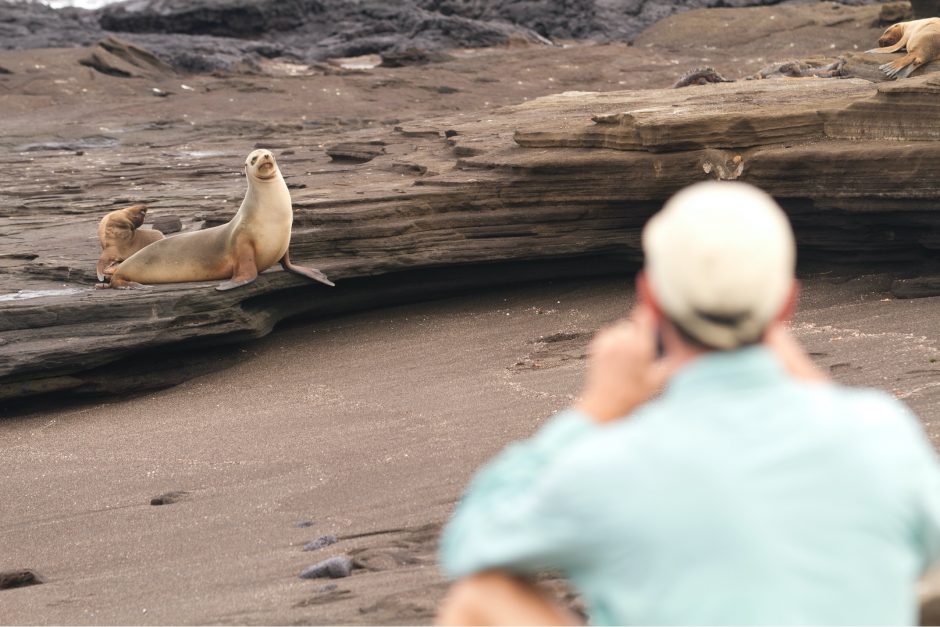
What Is the Single Best Lens for the Galapagos Islands?
To say that the Galapagos Islands are spellbinding is an understatement. From the wild, unique animals to the moon-like landscape juxtaposed with one of the most vibrant marine ecosystems in the world, there’s a lot going on in this archipelago.
The photo opportunities are spectacular. Part of this is for the reasons above, with all the oddities and spectacles that abound. But the other part is the amazing proximity you can get to the wildlife—all while maintaining superlative conservation standards.
This combo often yields a bit of speculation, bordering on confusion, about what lenses and camera gear one needs to bring for a voyage through the Galapagos Islands. For a full, in-depth review of all camera gear, take a look at my article on What’s in my Camera Bag for the Galapagos Islands.
However, you’ll quickly notice that it really boils down to just one lens I use 60–70% of the time. Read on to learn what that lens is and why it’s ideal for so many amazing photos in the Galapagos Islands.
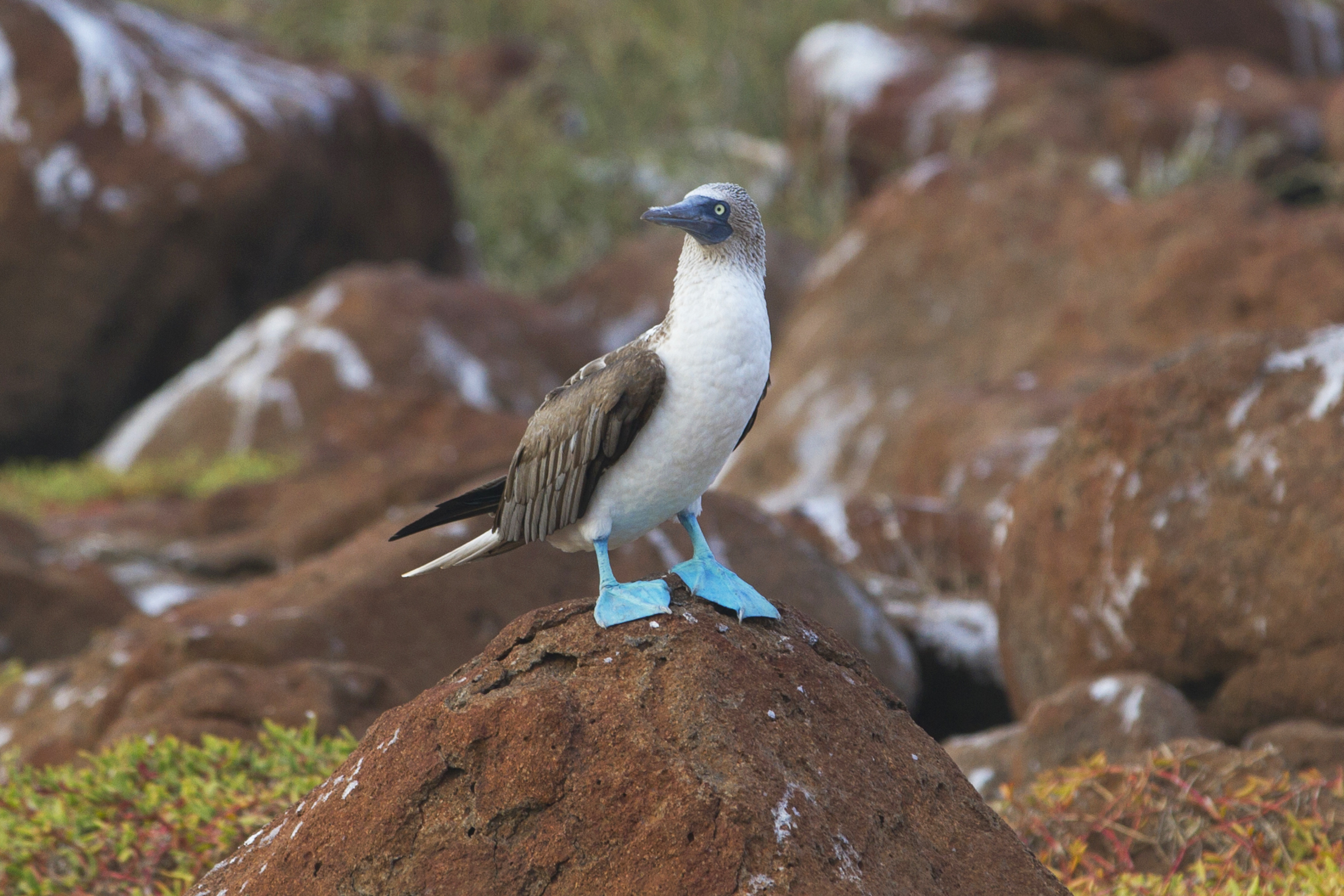
The Lens
I won’t keep you waiting! The lens I use and recommend for nearly two out of every three shots in the Galapagos is the venerable 70-200mm f/2.8. If you have one of these lenses, you know how amazing they are.
Most photographers will find any excuse to use this lens because it’s just that good.
It’s relatively light and small (compared to bigger f/2.8 telephotos, of course…it’s still large for someone not used to DSLRs), the optical quality is off the charts, and that f/2.8 is just dreamy.
But I’m not just going to stop here. I’d like to continue on with each major photo scenario and why this lens truly does stay on my camera most of the time while in the Galapagos.
For Wildlife
As I mentioned above, the wildlife in the Galapagos is usually quite close (except for maybe the Galapagos hawks), so using a bigger telephoto usually isn’t necessary. Most of your shots will be in the perfect range for the 70-200mm f/2.8 lens. And what’s so great is that if you wish, you can use that amazing f/2.8 to f/4 range to get stunning bokeh (blurred background) on your wildlife shots, creating stunning portraits.
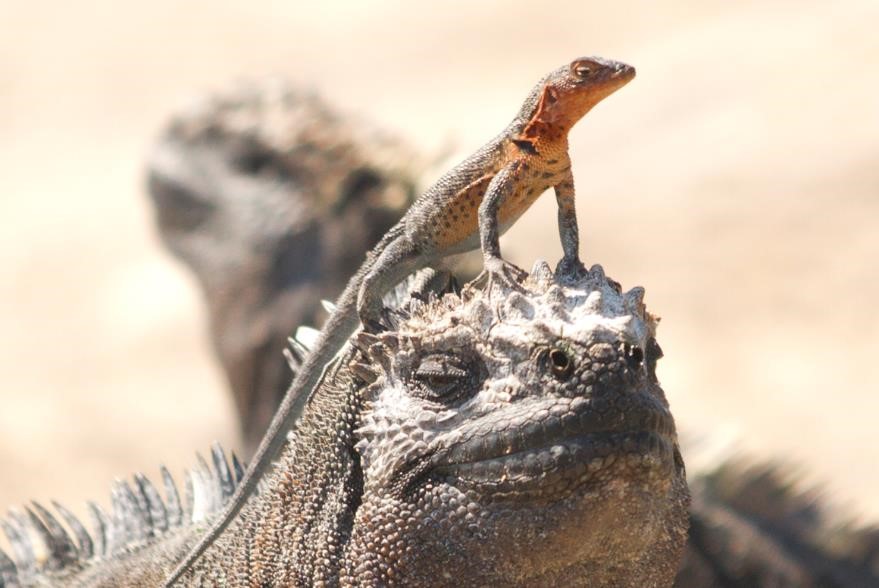
Sure, a 100-400mm might be good here and there, and there’s an adage that you can never have too much telephoto/zoom. So, I want to be clear that I’m not recommending you only bring a 70-200mm, as a 70-300 or 100-400 (or heck, one of the 300mm f/2.8 or 200-500mm super telephotos) can be great fun. But, you’ll see that the advantages of the 70-200mm make it a definite go-to for wildlife photography.
For Macro Photography
Similar to wildlife photography, macro photography shines when you can get up close to plants and animals.
Plants are, of course, a no-brainer, and there are some exquisite leaves, small flowers, and even other inanimate objects like seashells that are simply irresistible from a macro photography standpoint.
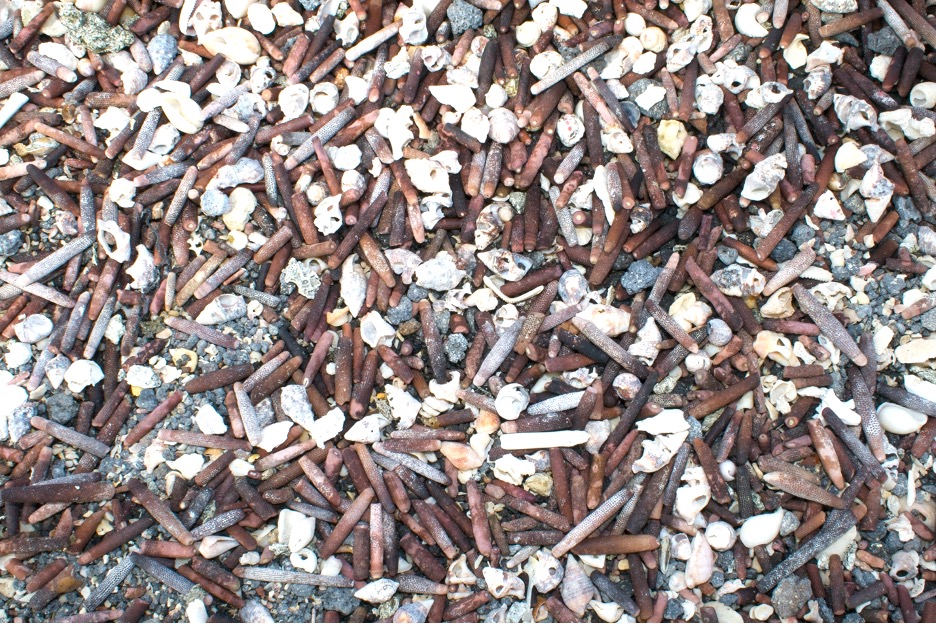
But as I continue to mention, you’ll likely get remarkably close to animals, too, like lava lizards, butterflies and perhaps even marine iguanas. Because of conservation regulations, you won’t be able to get within inches of the wildlife necessarily, but within a few feet is ideal for “macro photography” of the fantastic reptiles of the Galapagos.
This isn’t true macro photography with a 1:1 sensor ratio (don’t worry about what this means for now…), but you are capturing the essence of macro photography by making small things look larger than life and depicting them in a grandiose way.
To maximize the size of your subject in your camera’s sensor, zoom all the way to 200mm and dial the focusing ring to the minimum focusing distance. Then, move toward the flower or seashell until it comes into focus. At this distance, you are achieving “minimum focusing distance” and optimizing the subject size in your camera.
For Landscape Photography
It may seem odd to use a telephoto as your go-to for landscape photography, but it’s pretty darn good for that, too!
I am a big fan of using telephotos in landscapes because they help break larger, often overly complex scenes into more simple, aesthetic elements.
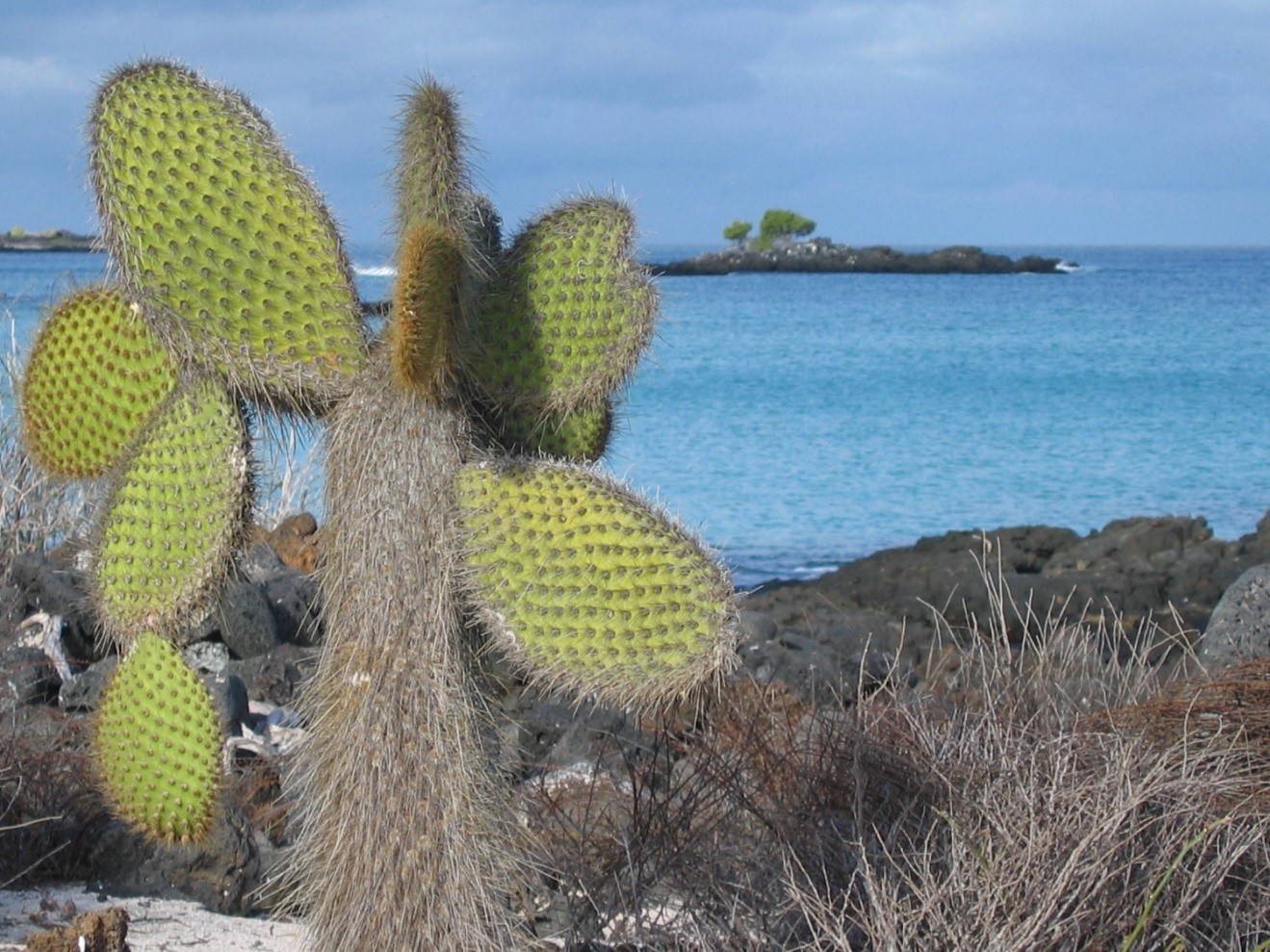
Many times, when you are in front of a beautiful landscape, your eyes do it justice, but with the various textures, contrasting light and features that just don’t look as big when in the camera, it’s key to think like a camera and resist the urge to capture the entire scene in one frame.
Instead, look around and break it into individual components.
In a place as marvelous as the Galapagos Islands, small parts of the scene before you are just as amazing and photogenic. It’s just a matter of training your eyes and brain to see landscape photography this way. But when you do, you’ll be delighted to see the world of additional photo opportunities and perspectives it gives you.
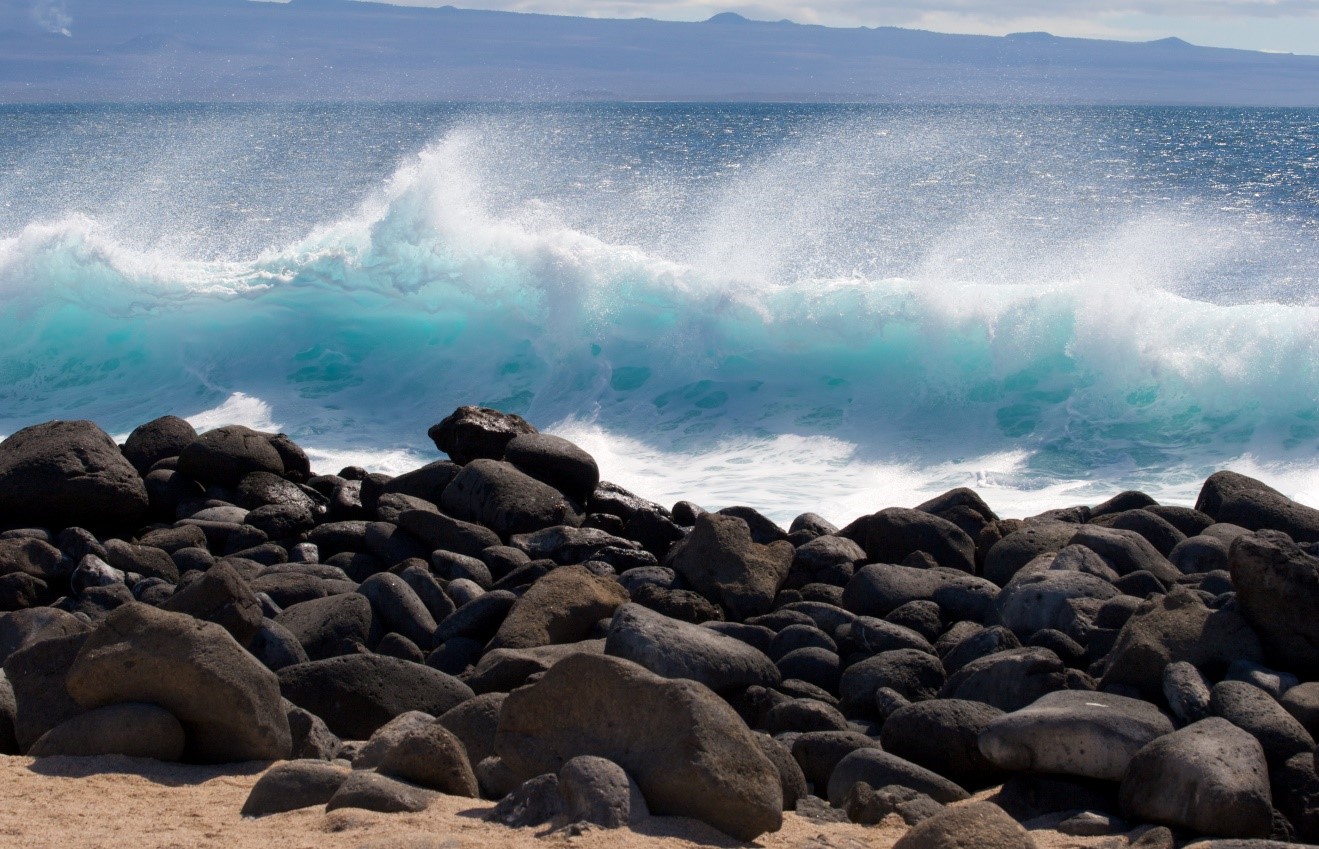
In addition, with the shallow depth of field capable at f/2.8 and f/4, you can do some very creative things that you simply couldn’t do with a multipurpose wide-angle.
And last but not least, telephotos like the 70-200mm are phenomenal for sunset photography. For a full tutorial on this, check out my full article on Tips for Photographing Sunsets in the Galapagos Islands.
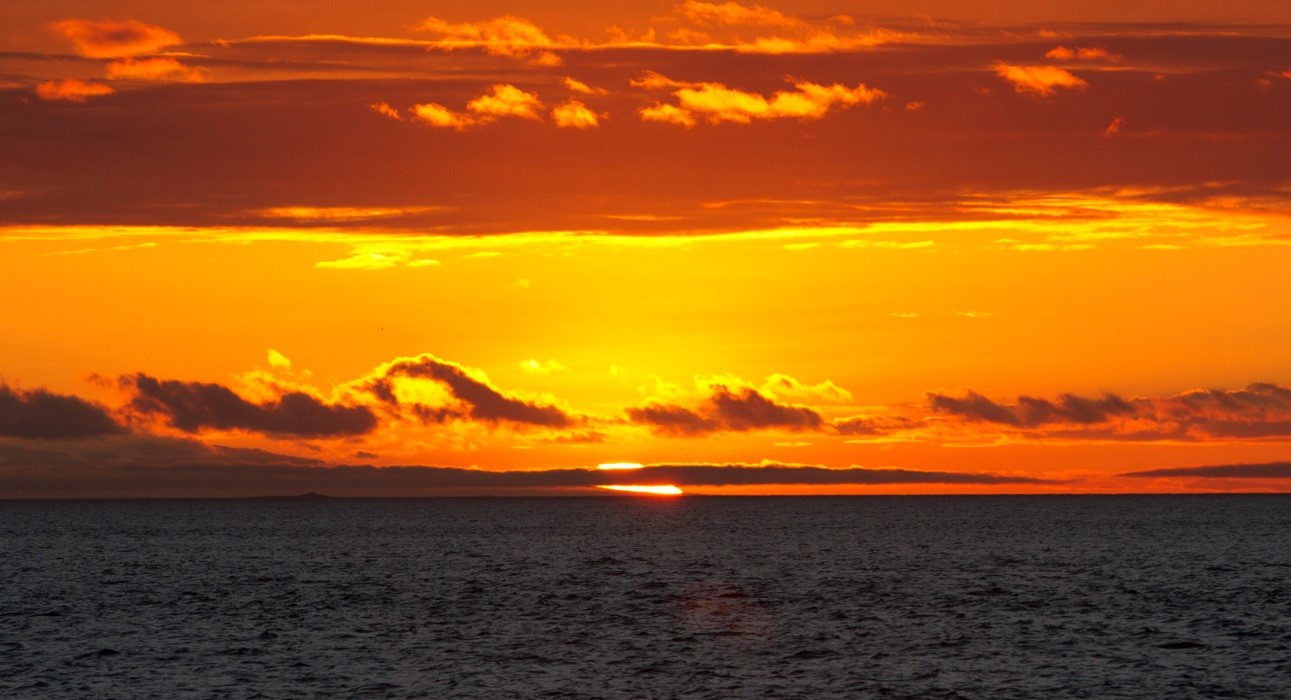
Please note, you’ll still get plenty of use out of a wide angle and perhaps even an ultra-wide angle lens. But you’ll be pleasantly surprised to see the results of your trusty 70-200mm lens in landscape photography settings in the Galapagos.
For Travel Photography
Last but not least, general travel photography takes a life of its own when using the 70-200mm f/2.8. You can push the envelope with low light, whether that’s at the start or end of each day, or even in darker areas like lava caves or the inside of your yacht.
I particularly like using very shallow depths of field when it comes to travel photography, as it creates that interesting allure that causes the viewer to pause and really become entranced by an immersive shot.
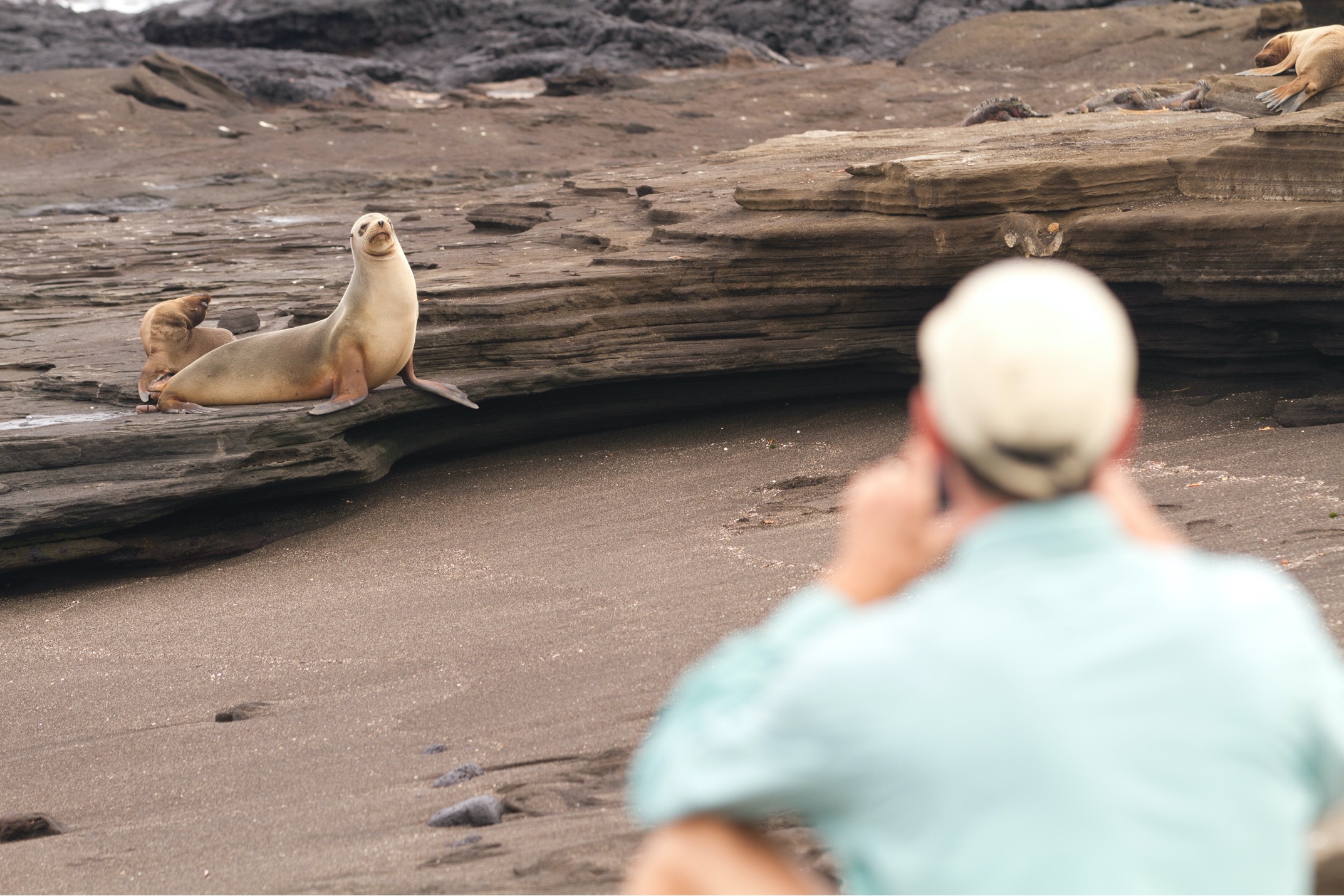
The 70-200mm is not surprisingly a favorite among portrait and event photographers, too. It’s a wonderful lens for photographing your fellow adventurers, your guides and groups of people due to its extremely high quality of optics and ability to turn normal photos into lovely, bokeh-filled portraits.
So there you have it! My top choice for “best lens to take with you to the Galapagos”—the extraordinary 70-200mm f/2.8! Whether you have a crop-frame or full-frame camera, this is a sensational lens.
Will you need and use other lenses on your adventure? You bet.
Don’t leave home without some sort of multi-purpose wide-angle lens like an 18-55mm or 24-105mm. And a larger telephoto will be fun and useful at times.
However, if you’re like most photographers who embark on a special adventure to the Galapagos to photograph its wonderous life and landscapes, you will go wild with the photo opportunities your 70-200mm lens provides.
Go forward and give it a shot!
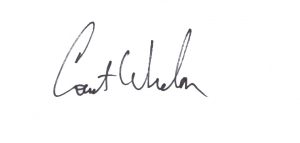
Court
10 Comments

Charlie Stricklin
June 29, 2023 at 8:35 am
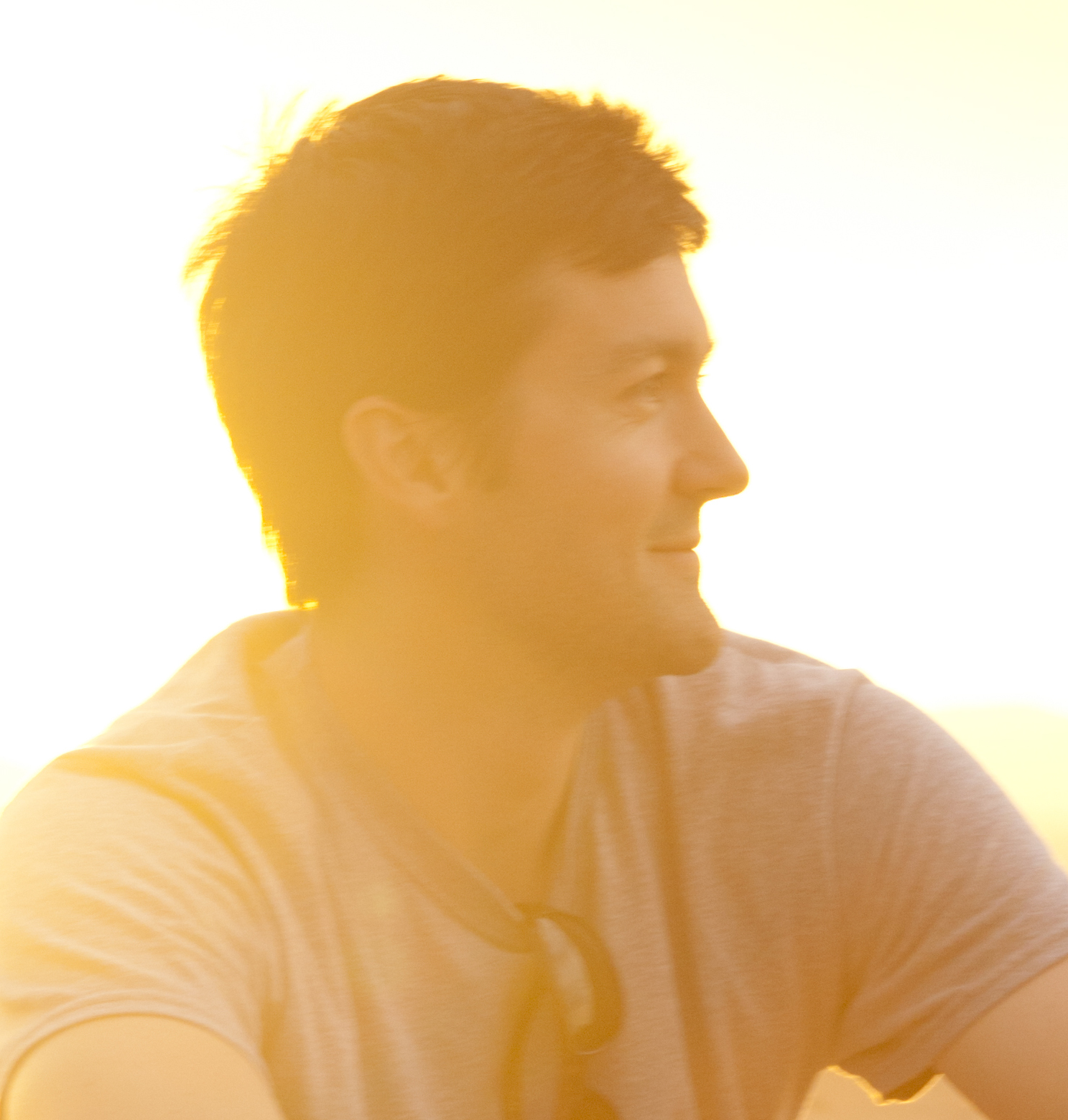
Court Whelan, Ph.D.
July 7, 2023 at 9:55 am

Charlie Stricklin
July 13, 2023 at 11:32 am

Court Whelan, Ph.D.
July 14, 2023 at 11:23 am

Jon T
February 28, 2024 at 4:56 pm

Court Whelan, Ph.D.
March 13, 2024 at 6:27 am

Kathy Morhous
March 17, 2024 at 8:09 pm

Court Whelan, Ph.D.
March 28, 2024 at 9:32 am

Ellen Campbell
April 4, 2024 at 11:05 am

Court Whelan, Ph.D.
May 1, 2024 at 12:23 pm
I’m a very amateur photographer. I have a Canon T7 with a Tamron 150-600 mm F5-6.3, a 75-300mm 1:4-5:6 Canon, and a 18-55 mm 1:3-5.6 Canon. What should I take? I have a tripod and a monopod. I also have a GoPro+ for underwater.
I’m traveling on the Celebrity Flora for a 7 day cruise of the Outer Loop in early September around the Galapagos .
Thank you for your feedback.
Charlie Stricklin
Charleston, SC
great question, Charlie! The 18-55mm is a must-bring. As is the GoPro. However, you could choose between the 150-600 and 75-300 if you’re trying to pack light. Frankly, there is a merit to bringing both, just in case you want to bring one on one day, and the other the next day. However, I would recommend choosing between the two based on image quality. You won’t need much more than the 300mm to get the shots you want, but if you feel the 150-600 is a sharper, better lens, then I’d bring that one. However, the 75-300 will be more versatile, as you’ll be able to get good landscape shots at 75 and 100mm, whereas you will probably have to change lenses to the 18-55 for most landscape shots if you only bring the 150-600. Hope this helps! (and bring both telephoto lenses if you can, and you can just decide each day which to carry :))
A tripod would be needed for night sky shots in the Galapagos right?
well, sorta. The problem is that most of the time you are on a boat at night, and even the slightest movement of the boat will blur long exposures. However, you might get some great night photos at Tortoise Camp if you are going on a Nat Hab Galapagos trip!
Hi…. nice article….heading to Galapagos in december and very excited. just a clarification…. bokeh is not the out of focus area…”blurred background” …..thats depth of field. Bokeh is the quality of the out of focus area.
yes yes, great clarification! Bokeh refers to the quality of that out of focus area. Thanks for submitting!
I plan to bring my 16-35, my 24-70, rent the 100-200 f2.8 gm11, but can’t decide whether or not to bring my 200-600 or the Tamron 50-400. I also have a 1.4x teleconverter… I’ve been wanting to try the 100-200 for awhile. I love my 200-600, but would need to use a monopod if I was carrying it all day. Ugh Any thoughts? I’m going with Wildside Photo tours.
Hi Kathy, great question! If the decision is between the 100-200 vs. the 200-600, I’d say the 100-200 f/2.8. Sure, you will absolutely use the extended range of the 200-600, and it’s really fun to zoom in and fill the frame with wildlife. However, for so many shots you’ll be able to do that with the 200mm! Thus, the better quality, better bokeh, and lighter load all tilt the balance in favor of the 100-200. However, usually you aren’t restricted too much to weight and space for camera gear on photo trips, so you could bring the 200-600 with you, but just take it out on days you feel like it! The 100-200 will be your workhorse, along with the 24-70 :).
Love your article. I too am traveling on the Celebrity Flora for a 7 day cruise of the Outer Loop in a few weeks and I am taking a Canon R7 with the RF 70-200 2.8 and an R6 with the 24-105 4.0. I am wondering after reading your article should I use (as a walk around lens on the islands) the R6 with the 70-200 or the R7 with the 70-200 which will give me the extra 1.6 advantage at 320 mm? Your thoughts? Thanks !
hmmm, great question, Ellen! If it were me, I’d go for the full frame, as it’s inherently higher quality. I’d also like to have the extra width to my shots at 24mm without the crop factor. Yes, it’d be nice to have a 300 or 320mm equivalent, but I think you can probably crop your photos if needed but I’d prefer the higher quality shots to begin with :).